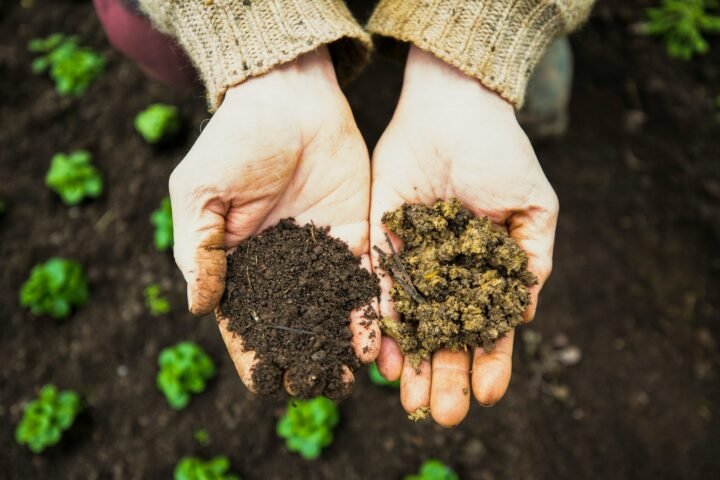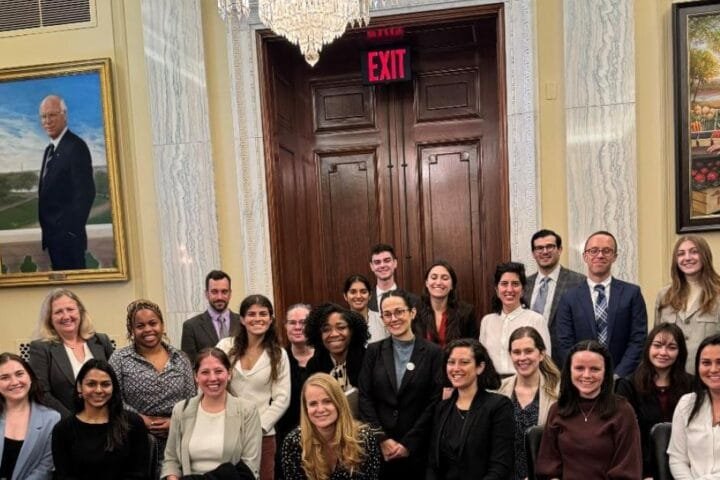Summary
– To limit global warming to 2C, consumers, especially in developed countries, must switch to plant-based diets and waste less food.
– Meat and dairy account for around 14.5% of global greenhouse gas emissions, with beef and cattle milk being the main contributors.
– Animal agriculture uses one-third of the planet’s ice-free land and 16% of global freshwater, while one-third of global grain production goes to feed livestock.
– Subsidies for meat and dairy artificially lower prices, promoting overconsumption and exacerbating environmental issues.
– Advocates propose reforming subsidies, implementing a meat tax, and shifting support towards sustainable practices.
FROM EARTH.ORG
Scientists worldwide agree that to limit global warming to 2C, consumers – especially in the developed world – must largely change their diets. Reducing meat consumption and substituting for a plant-based diet, along with wasting less food, are some of the most effective actions individuals can take. However, while significant focus is given to the diet choices of individuals, the economic systems promoting the consumption of meat and dairy are often overlooked. Meat and dairy subsidies are artificially lowering the price of animal-based products, promoting their consumption and raising greenhouse gas emissions beyond sustainable levels.
The Impact of Animal Agriculture on Climate Change
According to the United Nations Food and Agricultural Organization (FAO), meat and dairy account for around 14.5% of global greenhouse gas (GHG) emissions. The production of beef and cattle milk accounts for most of these emissions, contributing 41% and 20%, respectively, while pig and poultry meat and eggs contribute 9% and 8% to the sector’s emissions, respectively. Additionally, animal agriculture puts a significant strain on Earth’s limited resources, including land, water, and energy.
To support the billions of animals raised annually for human consumption, one-third of the planet’s ice-free land and nearly 16% of global freshwater are used for raising livestock. Furthermore, one-third of global grain production is used to feed livestock. With consumption of meat and dairy products expected to increase by 76% and 64%, respectively, by 2050, the burden the industry poses on these resources will only grow further.




